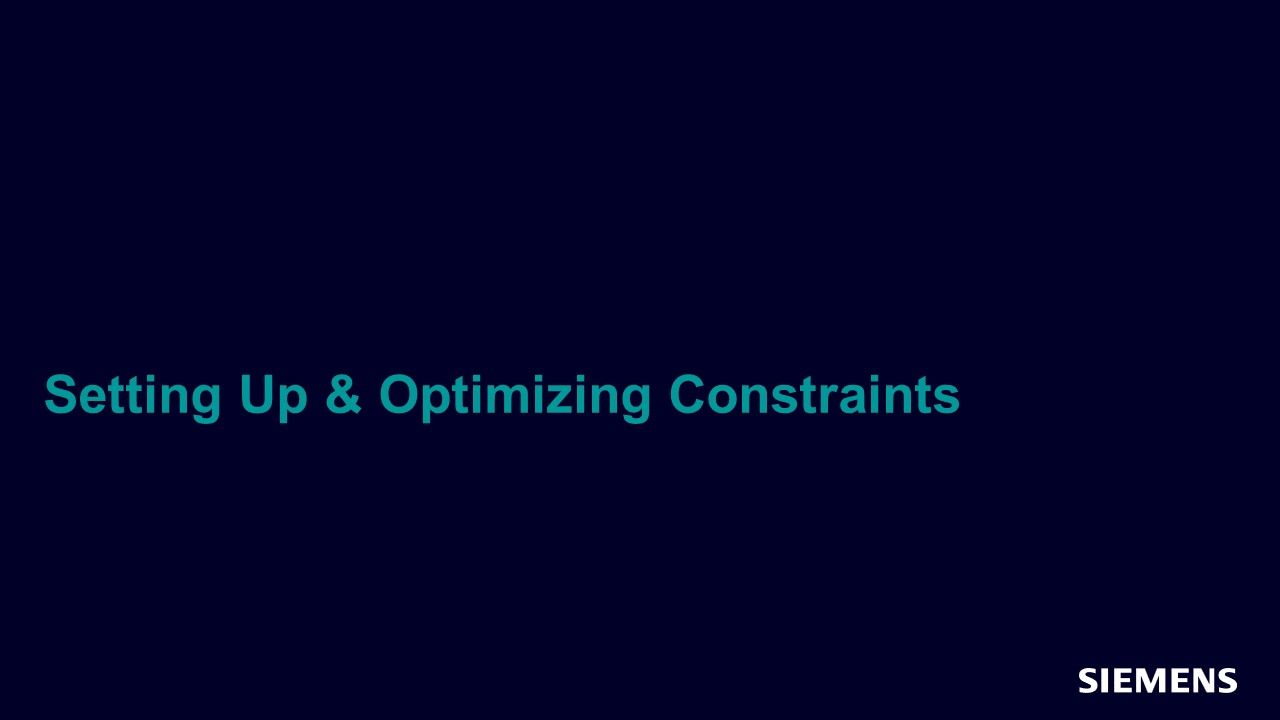Formal 101: Setting Up & Optimizing Constraints
In this session we will show you how to write optimal constraints for formal analysis; and how to deliberately under- and over-constrain the analysis to learn more about the effectiveness of the constraints themselves, your test plan and formal coverage plan, and the DUT behavior.

Full-access members only
Register your account to view Formal 101: Setting Up & Optimizing Constraints
Full-access members gain access to our free tools and training, including our full library of articles, recorded sessions, seminars, papers, learning tracks, in-depth verification cookbooks, and more.